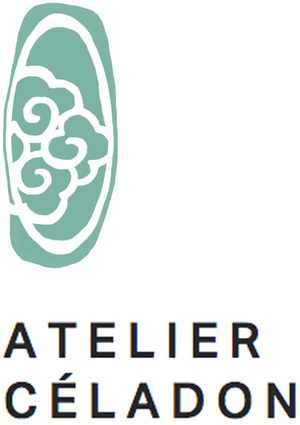Photograph by Abbas. Female students in a zoology lab at Cairo University, 1987.
When we ask “can the subaltern read?” we are really asking “can we read for each other?”
In responding to Deleuze and Guattari's enunciation of their economy of desire and lack, Chris Kraus writes,“desire isn't lack, it's surplus energy—a claustrophobia inside your skin.”[1] And of course Kraus is white, educated, wealthy, and famous. Yet, her observation hits home. The definition she brings forward may be useful when attempting to understand the sense of restlessness and expansiveness that we find in each other when navigating BIPOC queer and trans networks and racialized femme realities: in friendships, in intimacy, and through writing and artistic production.
These are precisely the people and the works that are often made to feel and appear “lacking.”
The issue here isn’t exactly located in identifying what we need to receive in order to pacify or correct a state of lack but rather how (and if) the world can receive us as legitimately desiring beings. The act of writing is driven by desire. Doing the work you love is a transfer of desire into the world. Simultaneously it is a privilege to be desirable, to be received, welcomed, wanted, taken care of. If one also considers race and class as regulatory parameters of these transactions, it becomes apparent that the distribution of surplus desire also overlaps with surplus (emotional) labor, while patriarchy and the free market metabolizes everything.
This excess of energy (an almost unbearable surplus of survival) isn’t only located under the skin of the desiring subaltern body (equal parts anger and enthusiasm). Excess is also articulated at another level: in the very way the presence of racialized bodies exceeds institutional environments, as BIPOC students scholars and cultural workers often enter institutions as “space invaders.”[2] This reality only mirrors the general terms of the circulation(s) of racialized bodies in society. And maybe too often they are made to read the powerful (in this case Deleuze, Guattari, Kraus), made to read the powerful for the powerful, invited to demonstrate that they can recognize the words, that they can atone. Maybe as a result when they take on the task of writing, it is too often to justify their excess, to make themselves known.
Which is why when we ask “can the subaltern read?” we are really asking “can we read for each other?”
Bring books and texts that move you, books that inspired you to write, books that allowed for healing, books that felt like a friendship, like family, books that made you nod.
- Participants can bring as many texts as they want.
- Participants read up to the equivalent of a page each time.
- Participants can read in any language.
- Participants can choose to tell a story about the chosen excerpts.
- Participants are welcome to attend with no obligation to read.
Please take into consideration that this event prioritizes BIPOC voices. Allies are welcome as long as they understand that they are too often heard. The texts brought by the attendants and organizers will be compiled and shared on Atelier Céladon’s website following the event.
[1] Chris Kraus, I Love Dick, 1997.
[2] Nirmal Puwar in Sara Ahmed, On Being Included: Racism and Diversity in Institutional Life, 2012.
Born in Casablanca, Nazik Dakkach currently lives in Montreal where she is a MA candidate in Art History at Université du Québec à Montréal (UQAM). Her research mobilizes decolonial futurist methodologies and examines contemporary orientalisms and the politics of haunting in a colonial context. She is also active as an artist within transdisciplinary collective Artivistic.

